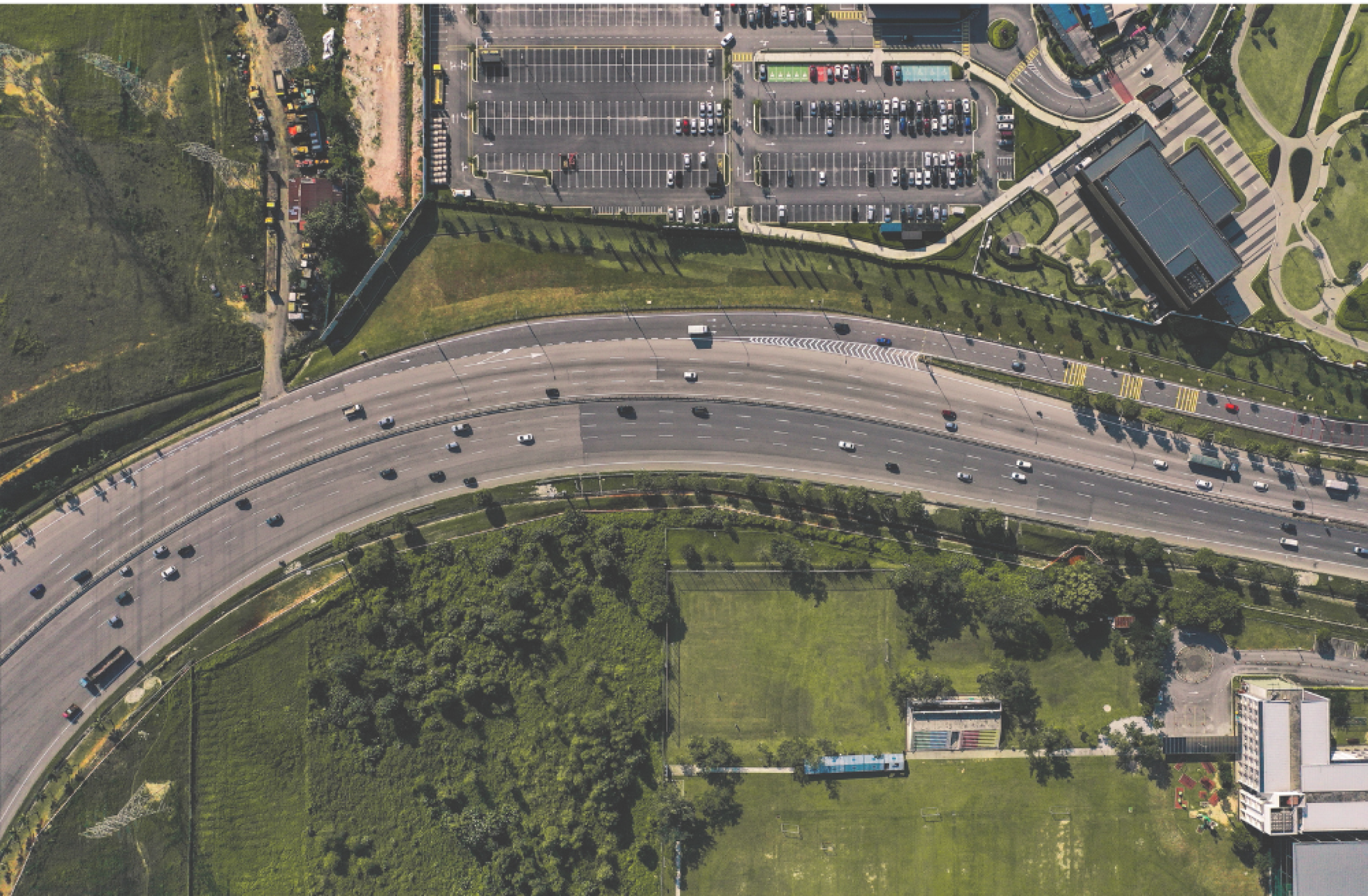January 14th, 2020
West Michigan Dataconomy: Understanding commuting patterns
Commuting patterns, or commuting flows, are a critical piece of intelligence that The Right Place often uses often to inform our economic development work. Commuting flows help us better understand the interconnectedness between communities in the region.

A commute is something that affects both workers and businesses alike. People consider commutes when they determine where to live, where to work, and how they choose to travel.
Similarly, commuting patterns, or commuting flows, are a critical piece of intelligence that The Right Place often uses often to inform our economic development work. Commuting flows help us better understand the interconnectedness between communities in the region.
Our research and data team rely on insights from several resources produced by the U.S. Government to analyze the state of commuting in our region. These resources are all part of the Longitudinal Employer-Household Dynamics data products from the U.S. Census Bureau.
Kent County Worker Commute Analysis
So how do people employed in Kent County get to work? Here’s what we learned from the most recent data:
- 90% of workers 16+ in Kent County commute by car, truck or van, which is slightly higher than the national and Midwest average for workers.
- 91% of Kent County workers drove alone to and from work, which is about 5% lower than the national average.
- Just over 2% of workers commuted to work via public transportation, less than ½ the percentage for the national average, which sits at 5%
- For those who drove to work, nearly 78% have a commute less than 30 minutes, while nationally, only 69% of people reported the same
With this information in mind we can now take a closer look at where workers are driving from. This gives us a greater understanding of how individual commuting patterns affect the Greater Grand Rapids region as a whole.
Kent County Resident Commute Analysis
As of 2017, approximately 45% of workers employed in Kent County lived outside of the county, while roughly 55% of workers lived and worked in the county.
As for the residents of Kent County, roughly 27% of them worked at an employer located outside of the county, and 73% both lived and worked within the county.
So where are those 27% of individuals working outside of the county going every day? The top 10 cities and counties that these Kent County residents commute to are as follows:
Cities:
- Holland, MI
- Allendale, MI
- Lansing, MI
- Zeeland, MI
- Jenison, MI
- Kalamazoo, MI
- Detroit, MI
- Southfield, MI
- Greenville, MI
- Muskegon, MI
Counties:
- Ottawa County
- Oakland County
- Wayne County
- Allegan County
- Ingham County
- Kalamazoo County
- Muskegon County
- Montcalm County
- Macomb County
- Ionia County
Why it Matters
While on an individual basis, most people don’t have a need to consider commutes outside of their own, understanding the commuting trends of the county is just as important. As the volume and direction of commuting patterns fluctuate, it will affect every commuter, regardless of where they work.
Commuting patterns also serve as a critical piece of information for transportation planning. Municipalities have to evaluate how the commuting trends are changing for their regions and determine the best way to accommodate these changes as they develop over time.
This information is also important for businesses, especially if they are considering relocating or expanding their operations elsewhere in the region. Understanding the commute that current and potential future employees would be faced with is something that ultimately plays into the decision-making process.
Data Accessibility
Access to this information is only possible because of the responses collected from residents by the U.S. Census Bureau. Next year marks 10 years since the last census, which means it will once again be time for the constitutionally mandated decennial census. We will all have the unique opportunity to provide input about how we live our lives so that insights like these can be gained, and more importantly, so our representation in federal, state, and local government can be accurately determined.
In an effort to support the 2020 Census, the West Michigan Research Network, with funding from the West Michigan Prosperity Initiative, has built a data tool and website to provide municipal leaders with a one-stop-shop to get critical information and resources to ensure our residents are counted once and in the right place. Learn more at www.becountedwestMI.org.